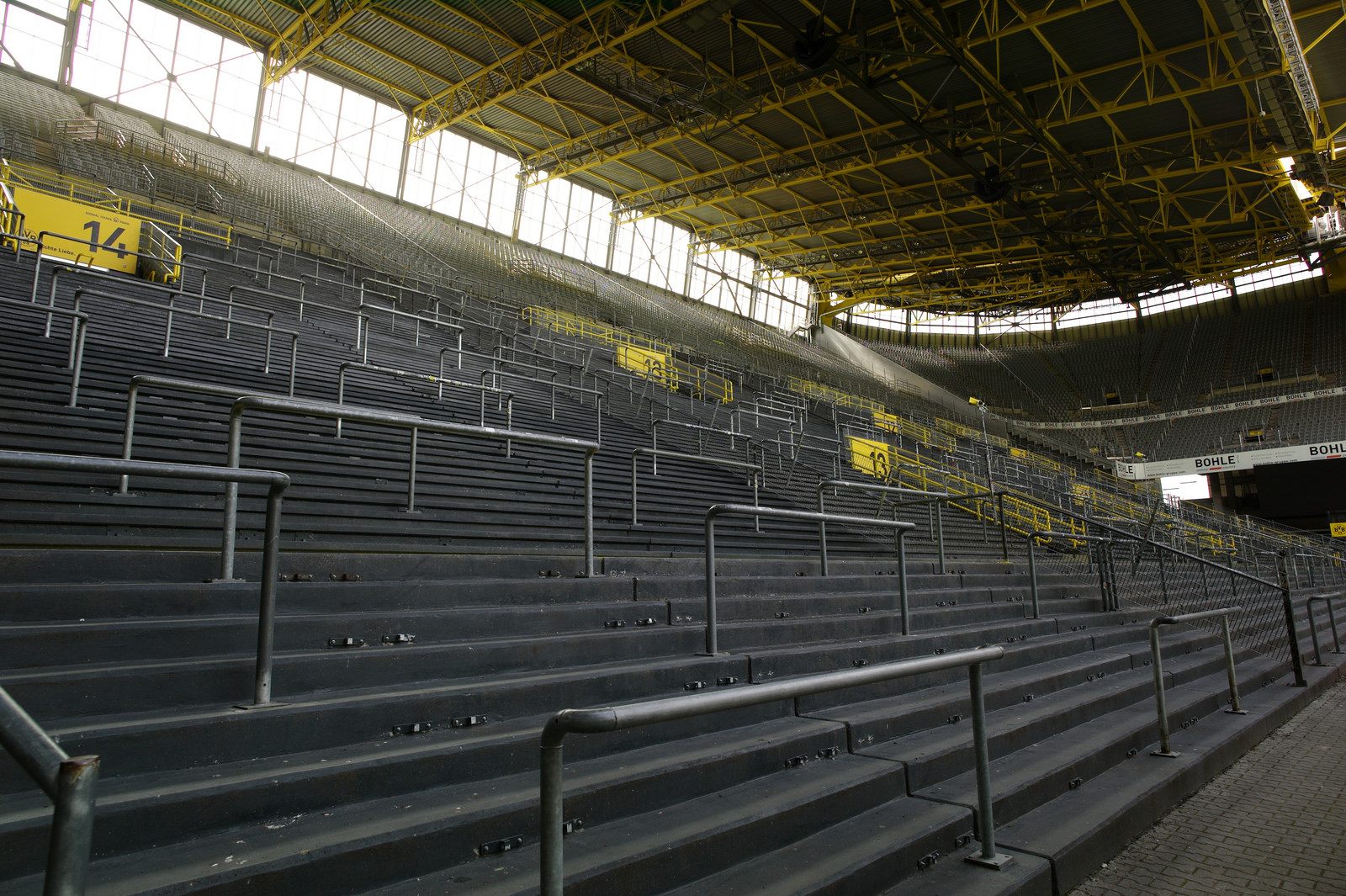Did COVID-19 kill the home advantage?
source: StadiumDB.com; author: michał
 Bundesliga is the first league to deliver 6-weeks worth of data on how playing at empty stadia impacted football. While the effort put in by players seems equal to that before, they've lost a spark with no-one to cheer them on.
Bundesliga is the first league to deliver 6-weeks worth of data on how playing at empty stadia impacted football. While the effort put in by players seems equal to that before, they've lost a spark with no-one to cheer them on.
Advertisement
Imagine: your team is facing Borussia Dortmund. Even if fans from your city bought all tickets awarded to them, they're no match to the Yellow Wall at the south stand of Westfalenstadion. While only the core of roughly 5,000 people set the pace of chanting, their rocus is spread by ripples across the 25,000-strong south stand and then onto other areas. It has to have some effect on performance, right?
So far, observations of the impact were largely anecdotal, trying to prove the intimidating effect on rivals, boost for home players and pressure on referees. Ironically, it may be COVID-19 that proves just how important the supporters' presence is. Because, during the 6 weeks of Bundesliga played behind closed doors, the dynamics of football have changed.
Firstly, the decision to restart football in Germany was rather bold, with most of the world looking cautiously at how it would go. In purely pragmatic terms it made all the sense to let the ball roll, if safe conditions can be ensured. Though deprived of most of the matchday revenue, this saved much of the broadcasting income, gave sponsors their exposition and gave you as fans the option of betting on your mobile on anything related to European football again.
While obviously imperfect, the German experiment has provided a treasure chest of data on how the game has changed without was used to be the largest live audience. After all, Bundesliga has dominated the global game's landscape with a live crowd of 43,445 per game on average.
So, what has changed? Data gathered by Bundesliga and analytics companies Impect and Gracenote suggests the home advantage must have been real, because changes are visible far beyond the margin of error. Home victories are far less probable (43% before lockdown, 33% in May and June), fewer goals are scored (1.43 compared to 1.74 before). The number of attempts on goal has fallen by 10% and the attempts are less likely to trouble the keeper.
The obvious reply from sceptics is: hold on, the season was disrupted for 2 months, the training regime has changed significantly – surely this can be to blame for the deviations. But it simply doesn't seem to be the case.
Major measures of player and team activity haven't changed much, while in some ways intensity has even increased. Teams recorded an increase in sprints and high-intensity runs, while the number of rivals passed (either by passing or dribbling) hasn't changed. Players do seem more inclined to pass (increase) than dribble (decrease), though it would be premature to put this on any specific factor.
The overall data supports the fact that games are as intensive as before, just without some of the excitement. This adds to home teams being significantly less effective, while goalkeepers performing far better than before during away games.
On top of that, referees seem to be more keen to punish the home team – this measure saw a significant deviation and seems to support the idea that a home crowd has an effect on the ref's decisions.
Advertisement
 StadiumDB
StadiumDB ©
©